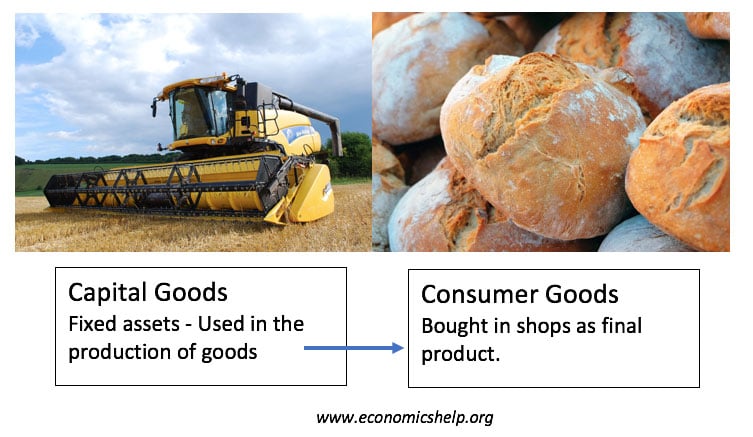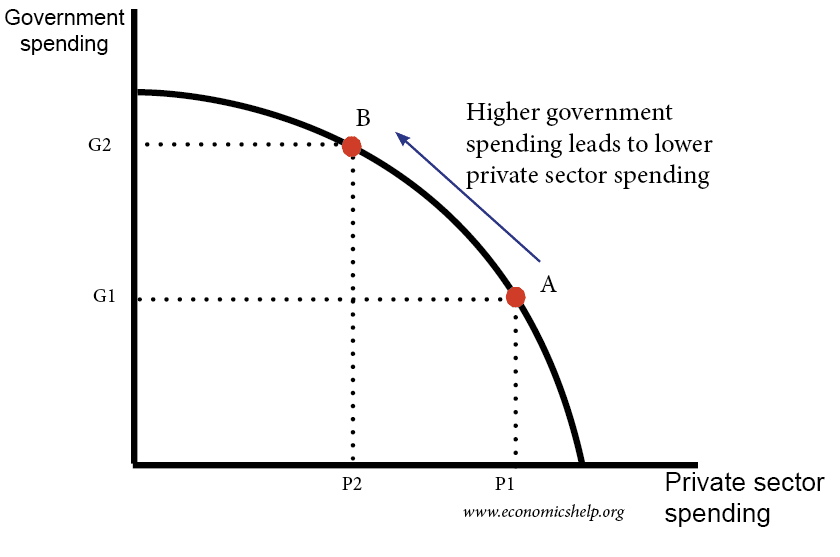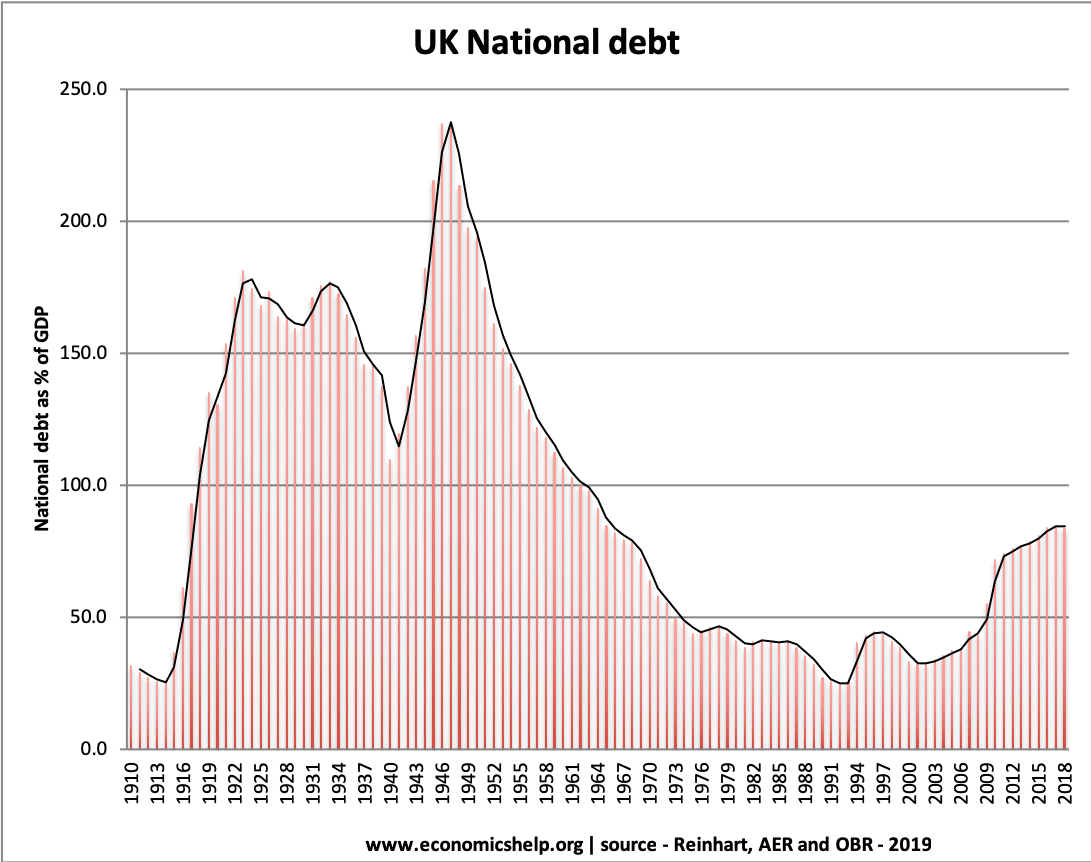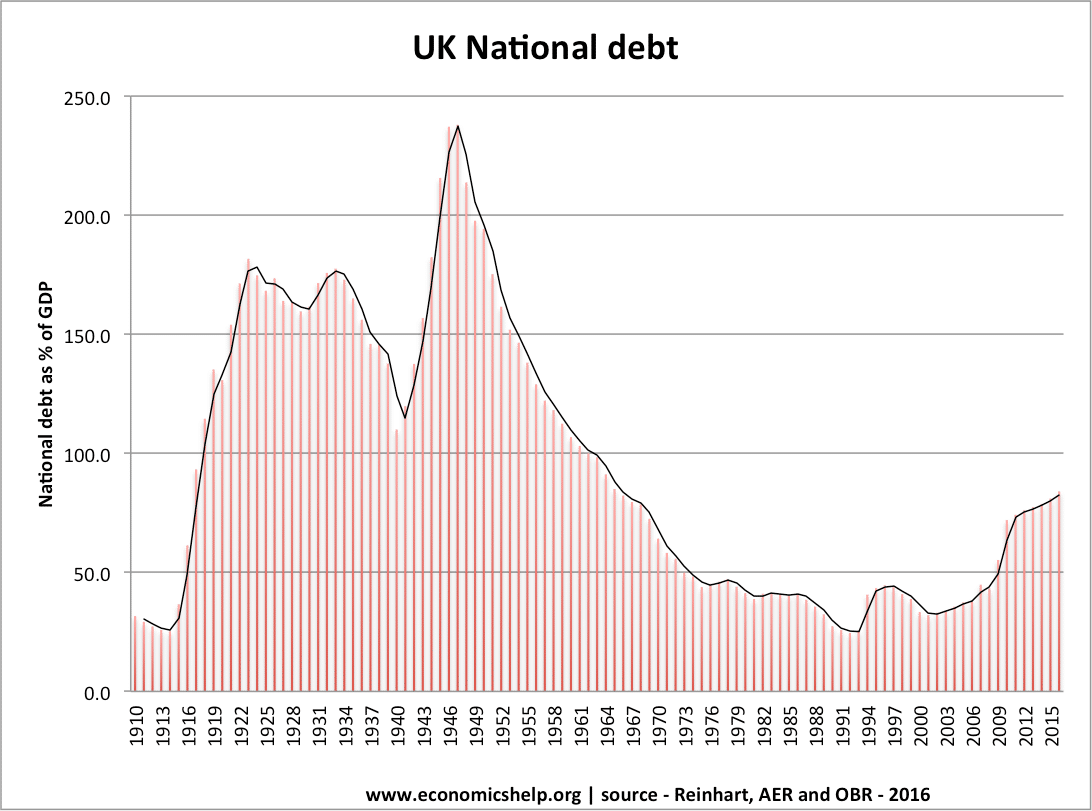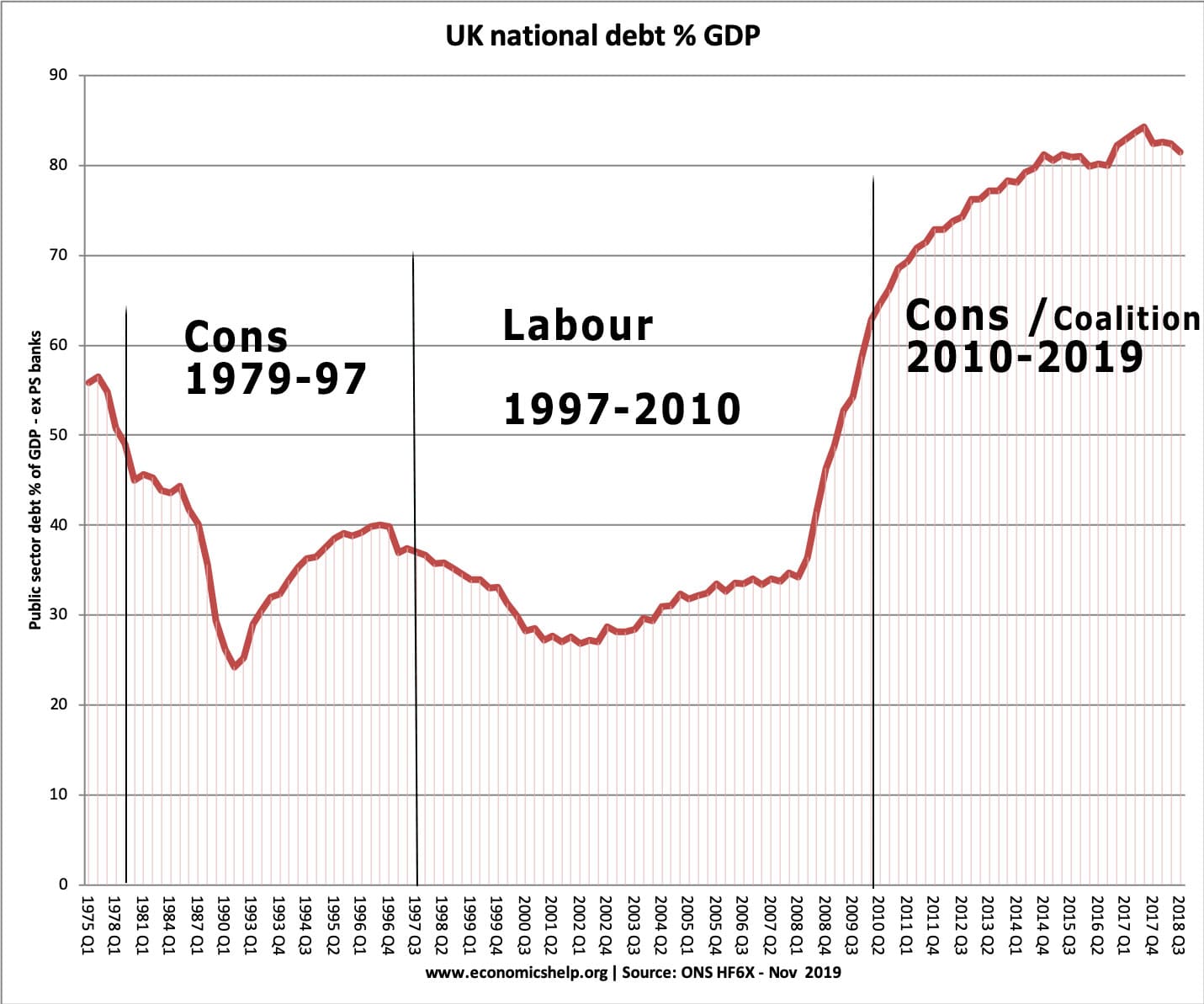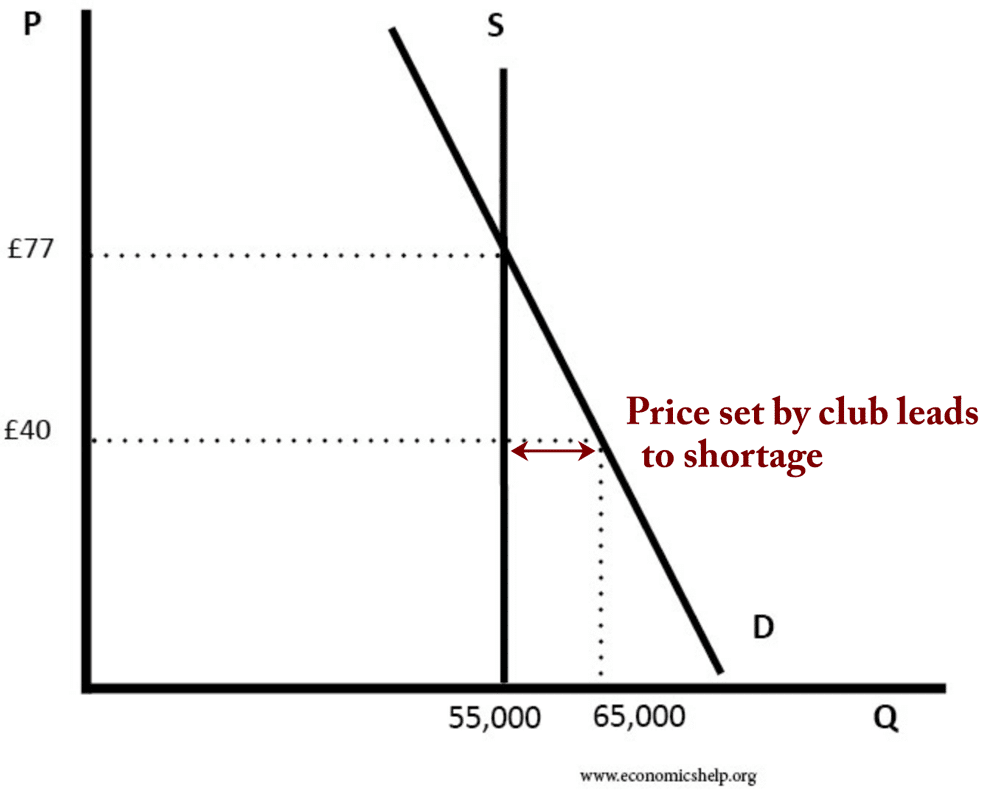The difference between current and capital spending
Capital spending is investment spending on increasing your fixed assets, for example, building a hospital, buying equipment or building a new road. See also: Gross fixed capital formation Current spending is expenditure on day to day running costs, for example, government spending on wages of public sector workers or buying raw materials. One major difference …

